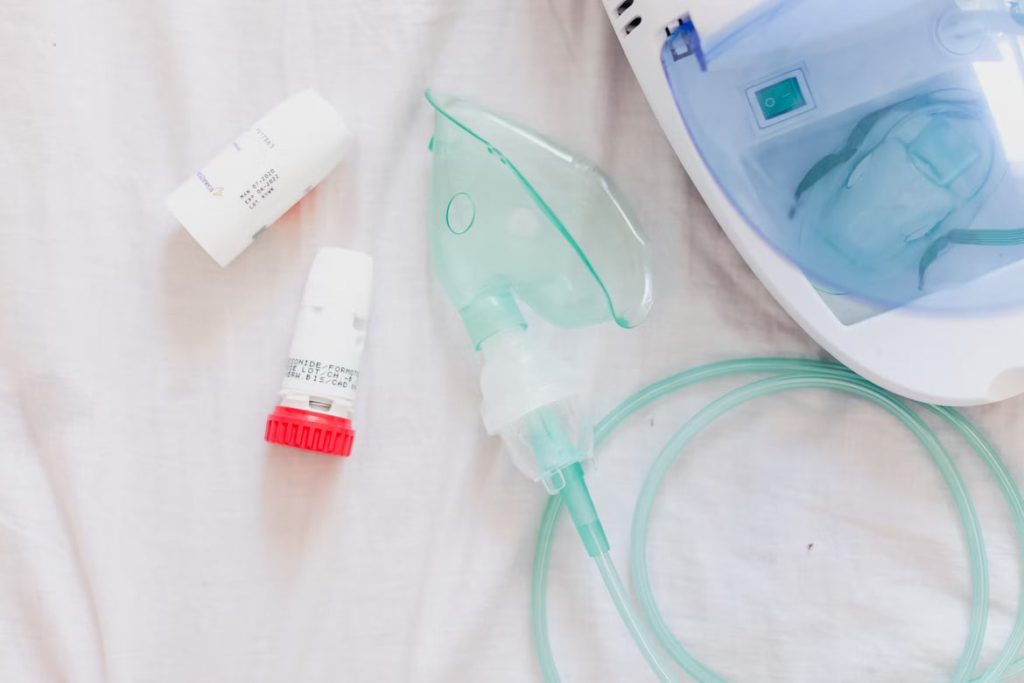If you have asthma, have you ever noticed it’s harder to breathe when there’s air pollution? Air pollution can make asthma symptoms worse and trigger attacks. It can also cause other symptoms, such as chest discomfort, wheezing, coughing, and a burning sensation in the lungs.

According to Asthma UK, approximately two-thirds of people stated that poor air quality makes their asthma worse, increasing their risk of an asthma attack.
Air pollution contains harmful chemicals that can be toxic to the respiratory tract. At very high concentrations, air pollution can induce inflammation and irritate the airways of the lungs, which can result in breathing problems even in people who don’t have asthma.
Researchers in China, where air pollution is widespread and severe, stated in a review that the increase in global asthma rates is at least partially due to climate change factors such as wildfires and heatwaves, both of which increase concentrations of ozone and particulate matter in the air.
Two key air pollutants affect asthma. The first one is ground-level ozone, that forms when chemicals from factories, power plants, and cars mix with sunlight. Ozone pollution is the main component of smog – a yellowish haze that can often be seen over cities. Ozone can make it more difficult for you to breathe deeply and it can reduce lung functions.
The second air pollutant that affects asthma is particle pollution. Particle pollution is created when smoke, soot, dirt, and dust hang in the air. The particles can get deeper into the lungs when they are smaller and cause breathing problems. When ozone and particle pollution are in the air, adults, and children who have asthma are more likely to experience symptoms.
Steps to Protect Yourself from Air Pollution
On high pollution days, practice the following things:
- Carry your reliever inhaler around with you to quickly deal with symptoms. That way, if you’re not feeling well, you’ll be prepared.
- Check the air pollution forecast in the area you’re located in. You can use the air pollution forecast to plan your activities and reduce your asthma symptoms.
- Avoid pollution hotspots such as car parks, bus stations, and busy roads, and use quieter streets as much as you can. Particle levels can also be high when there is smoke in the air from burning vegetation, fireplaces, and wood stoves.
- Plan activities according to air pollution. People with asthma need regular exercise to stay healthy, so make sure you adjust where and when you exercise. If you’re active outdoors, try to take it easier when the air is polluted.
Do you want to know the quality of the air you breathe? Download AirCare – our free mobile app that tracks air pollution from your pocket, and check out the AirCare blog!





